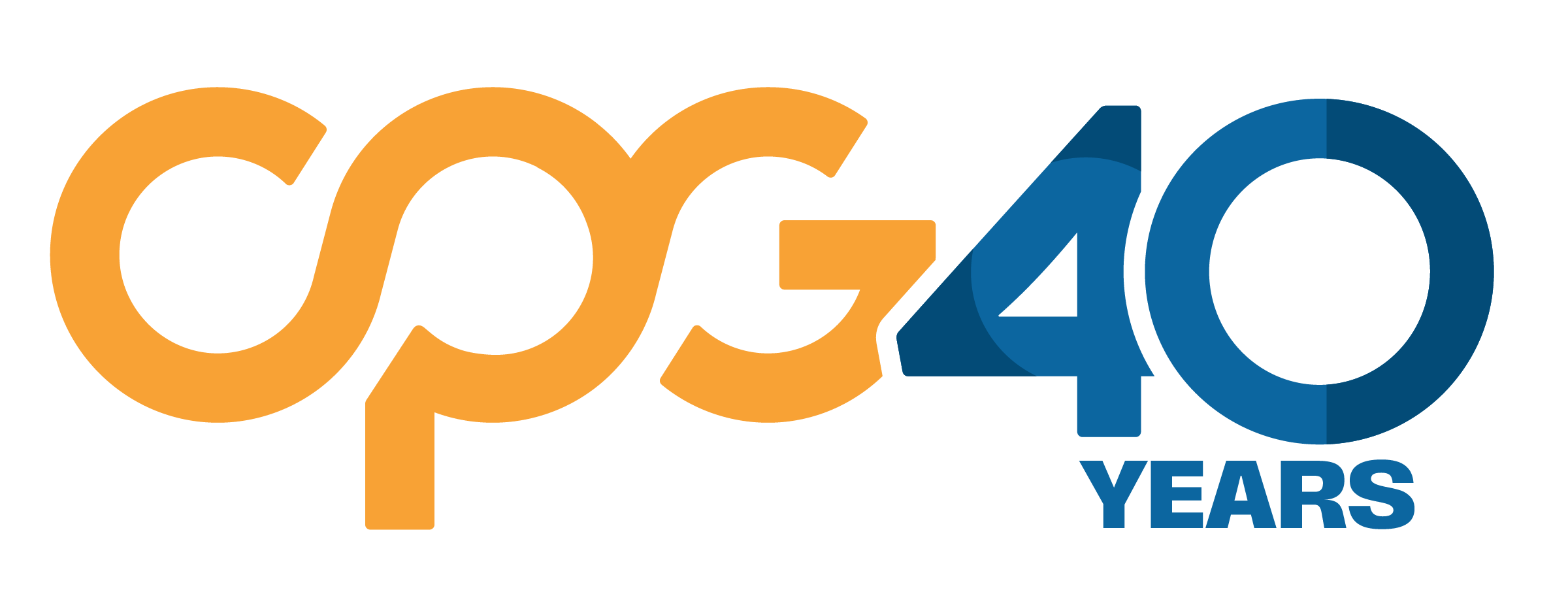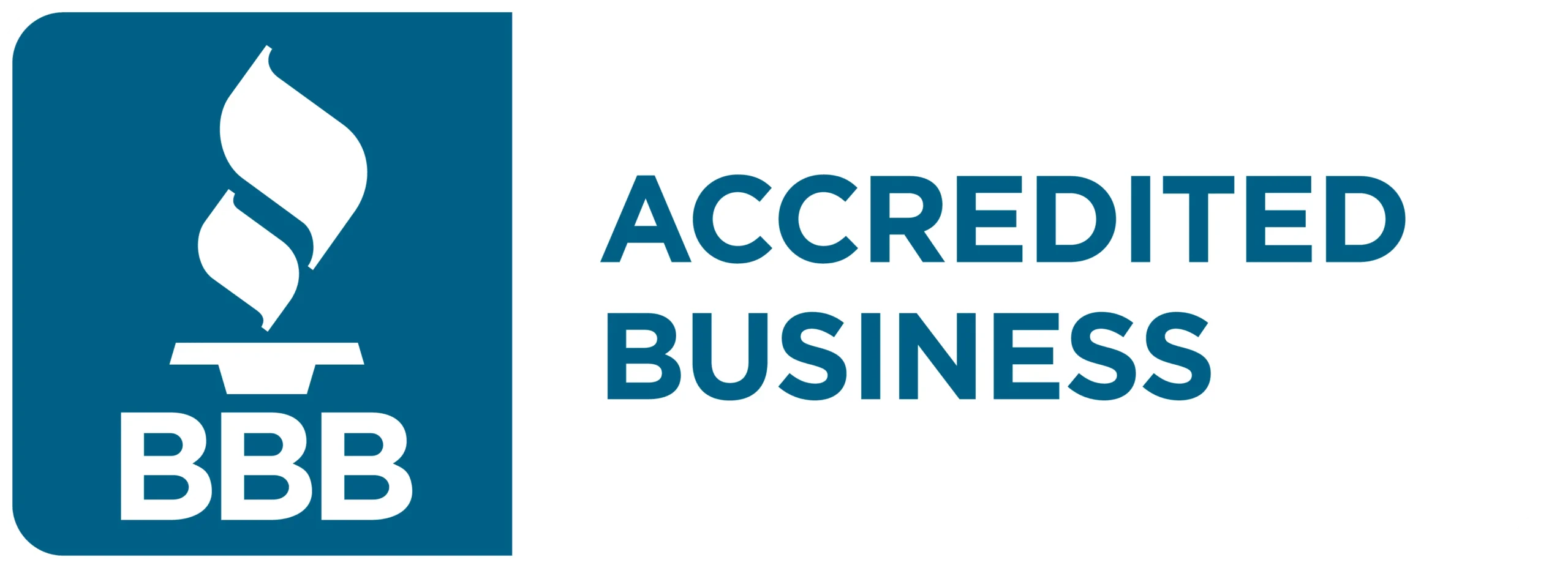1. Define Your Event’s Key Messages
Sounds simple, but start with a strategic framework to develop the key messages that you want to communicate. This foundational understanding will guide your event content and interactions throughout the experience.
2. Align Your Content with Your Brand’s Identity
Every piece of content presented should reflect your brand’s tone, style and values. This includes attendee communication, presentations, speeches, signage and videos. Consistency in language and design is key to reinforcing your brand’s message and making it more memorable for your audience.
3. Create a Brand Guideline
Develop a brand messaging guideline specifically for your corporate meeting. Remember, this is a brand experience that should reflect your organizational identity, mission and values. An event-specific brand guideline doesn’t need to be overly detailed, but should outline the messaging framework (see Tip #1) for all content, as well as the visual identity. This includes preferred language, key phrases, and visual elements that represent your brand and reinforce the event’s identity and purpose. Share this guideline with all presenters for a consistent, unified strategy.
4. Customize Content for Your Audience
While maintaining consistency, remember to tailor your messaging to the specific audiences attending the meeting. Speak their language, address their pain points. While adhering to the overall guidelines, this can include specific content for different teams onsite, first-time attendees and high performers.
5. Use Storytelling to Reinforce Messages
Humans are wired to remember stories more than plain facts. Incorporate relevant anecdotes, case studies, and success stories that align with your brand’s message. These narratives will leave a lasting impression on attendees far beyond slide decks. Tactically, consider more use of video, panel discussions, animation and motion graphics to help tell your story.
6. Leverage Visual Consistency
Visuals and imagery are powerful tools for brand recognition. As part of your event brand guideline, identify consistent color schemes, fonts, and design elements to be utilized across digital media, presentation decks, onsite signage, videos, gratis and more. A cohesive visual identity brings your brand to life, while maximizing your messaging.
7. Encourage Attendee Participation
Your people are your best brand ambassadors. Invite high performers or award winners to actively participate in discussions and share their own experiences that align with your brand’s message. Sharing their personal stories, ideas and best practices brings a peer-to-peer authenticity for attendees.
8. Reinforce Key Messages
Meetings and events can often be a blur for attendees. Even the best experience design with sexy production and great content can get lost amid a whirlwind few days. Reinforcing your key messages is a critical part of your consistent brand messaging, and a critical part to sustaining the engagement from the onsite experience. Develop a communication campaign following your event to reinforce key messages, while giving your people the tools on how to implement and take action.
Download Our eBook: 8 Fundamentals of an Internal Communications Strategy
If your people are sending out the “whatever” vibes, it’s time to get back to the basics. Make sure your internal communication strategy is following 8 fundamentals to cultivate an engaged workforce aligned with your company’s success.
9. Get Their Feedback
Surveys are important on a number of levels, but especially important in helping you evaluate your messaging and return on investment. How was your messaging received? What are areas for improvement? Yes, we need to know if they liked the food, but ask smart questions to help inform the next event’s strategic design and messaging.





